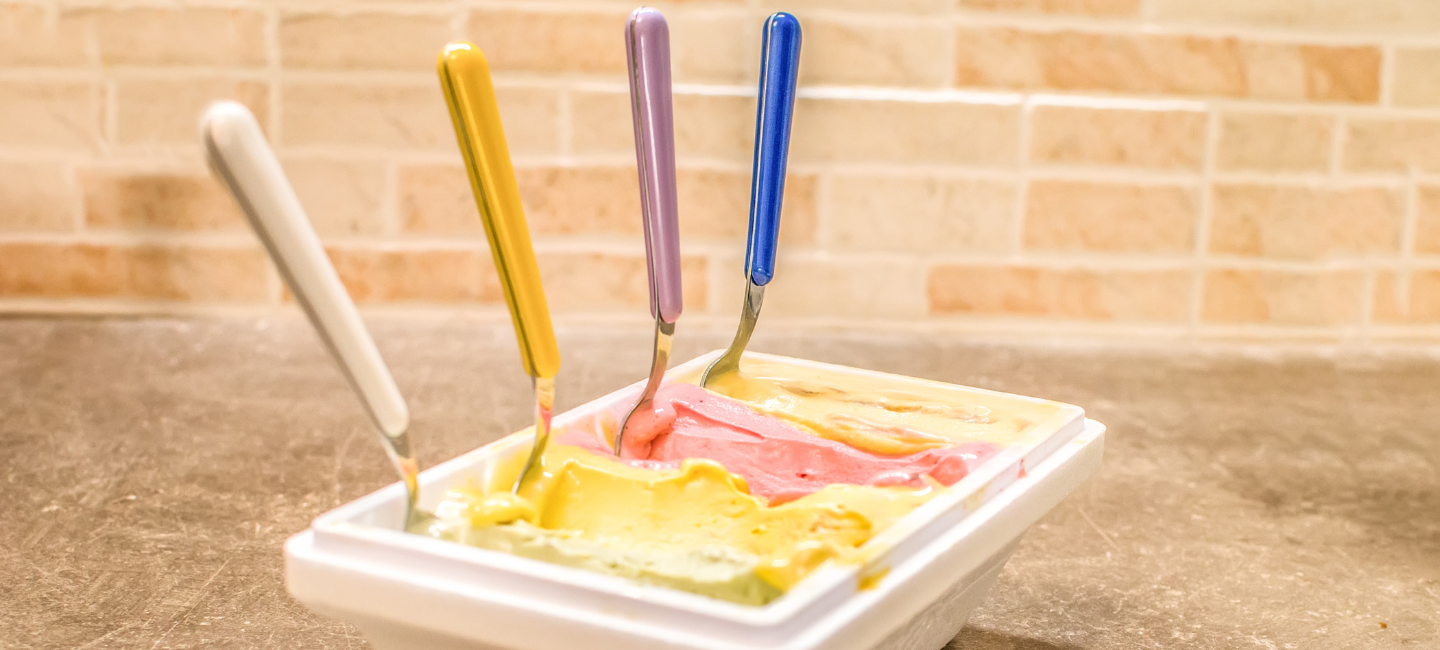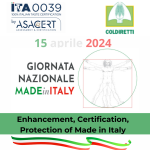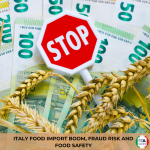Record heat and drought: the protagonists of summer 2022, with a fixed 40 ° in many Italian regions. Italians and tourists increasingly seek refreshment in gelaterie (gelato shops) to satisfy the palate and find partial relief from the heat of an increasingly tropical climate. Gelato is also part of the basket of products born in Italy and spread all over the world, thanks to the quality of the ingredients, the balance of taste and the ability and passion of the Italian ice cream makers.
Italy is firmly at the top of the world chart both in terms of number of stores and turnover, thanks to the 39,000 gelaterie of which 10,000 are specialized and 29,000 bars and pastry shops with artisanal gelato. A sector that represents work for about 150,000 employees and has a turnover of 2.8 billion euros, about 30% of the European market.
However, diffusion often rhymes with imitation.
The imitations
Due to the great fortune and demand of the classic Italian gelato in the world, some countries have tried to imitate his recipe. One of them is the famous American Ice Cream which, compared to Italian gelato, has artificial colors and flavors, in addition to the presence of more preservatives and fats (up to 30% in ice cream, against 7% in Italian gelato).
The history of Italian gelato
The history of gelato, as we know it today, starts from Ancient Rome, with the invention of a mixture based on ice or snow, added to milk or fruit and fruit juices, and then arrives at the perfect recipe to produce and packaging the gelato created by the Sicilian Francesco Procopio dei Coltelli, in 1686.
Artisanal gelato and industrial gelato
Italian gelato can be divided into artisanal and industrial:
- Artisan gelato is mainly composed of milk and involves the pasteurization phase, which allows a better bond between solid components and water, to obtain a creamy compound. This type of gelato is consumed shortly after its production, which is why it is often produced by the same retailer;
- Industrial gelato, on the other hand, is mostly made with ingredients such as powdered milk and concentrated fruit juices and is consumed months after its production.
Compared to industrial gelato, the artisanal one has a lower quantity of fat and air.

In Italy there are 2,200 seasonal gelaterie and there are many artisan or industrial gelato brands that every summer see their turnover skyrocket: it is estimated that in Italy 70% of the gelato produced is consumed in the summer season. For this reason, often the artisan gelaterie scattered in Italian cities choose to remain open only in the warmer seasons.
But this is not the case for all countries. In the US, for example, ice cream, mostly industrial, is eaten all year round.
The export of Italian gelato
America is also one of the largest importers of Italian gelato, after the countries of the European Union. Italy is the leading country for the export of gelato in the world, with 2.3 billion euros of artisan gelato sold in 2021 and a growth of 25% compared to 2020.
But Italy is also a leader in the export of ingredients and semi-finished products useful for the production of gelato, with a turnover of 1.8 billion euros. And again, Italy is a world leader in the production of machines and display cases for gelaterie. It is an industrial system that has 13 machinery companies that control almost 90% of the world market with a turnover of 229 million euros, in addition to 11 showcase companies with a turnover of 252 million euros.
In short, it is impossible to think of being able to compete with the Italian gelato, especially when it comes to quality and taste. However, as we have seen, even gelato, together with other Italian food products, is often imitated and counterfeited, for this reason ITA0039 | 100% Italian Taste Certification is committed daily and tirelessly to counteract fake Italian and the phenomenon of Italian Sounding all over the world … even in summer!






